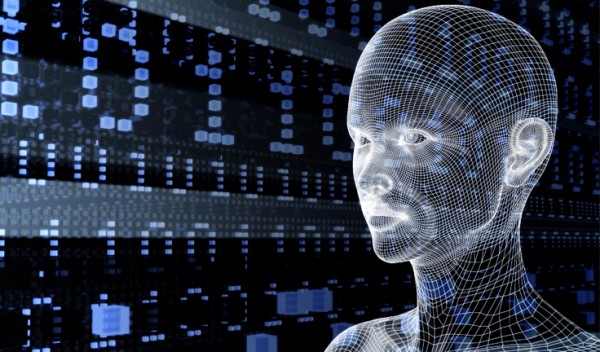
KFC’s new facial recognition system a disturbing cocktail of the surveillance state and a toxic food supply laced with MSG
Thursday, January 26, 2017 by Robert Jonathan
http://www.privacywatch.news/2017-01-26-kfcs-new-facial-recognition-can-remember-a-vast-majority-of-facial-recognition.html

Artificial intelligence has arrived at one Beijing fast-food restaurant… but its not without some rather nefarious side effects.
A KFC outlet in the city’s financial district now uses facial recognition software to predict what a customer might order. Partnering with KFC, tech firm Baidu, often described as the Google equivalent in China, developed the software for what is described as the country’s first “smart” restaurant.
The AI system, which is voluntarily and can be overridden if a customer wants to partake of other menu items, makes recommendations based on a customers age, gender, and mood. The kiosk then supposedly stores the information.
Customers can pay with their smartphone and then pick up the order at the counter. A KFC exec commented the target market consists of “young consumers who prefer fashionable new things,” Eco-Business detailed.
In addition to the publicity generated by the facial recognition system, KFC and Baidu want to make ordering faster, more convenient and personalized which will in their view facilitate repeat business.
Most customers at the fried chicken restaurant are still opting for a human cashier.
Apart from whether it’s wise or intelligent, as it were, to eat fast food in the first place — and Natural News offers lots of information about that — the technology also raises the question as to whether it is “smart” to order by robot from a privacy standpoint. KFC menu items, by the way, happen to contain more MSG than almost any other fast food restaurants. MSG, known as an “excitotoxin,” is a chemical taste enhancer that’s linked to migraines and widely believed to harm nerve cells. Combining a brain-hurting chemical with a “mind reading” surveillance technology seems to be a questionable cocktail of bad ideas.
Has The Colonel given way to Big Brother?
KFC plans to roll out the technology to 5,000 stores in China.
According to TechCrunch, a Baidu press release explains that “the system would tell ‘a male customer in his early 20s’ to order ‘a set meal of crispy chicken hamburger, roasted chicken wings and coke for lunch,’ while ‘a female customer in her 50s’ would get a recommendation of ‘porridge and soybean milk for breakfast.'”
“Of course, the prospect of a company storing data about customers’ faces and fried-chicken preferences raises the ever present trade-off between convenience and privacy,” the Guardian noted, adding that, as it is, intrusive personal data in China is apparently readily available on the open market.
The Guardian reporter also found that on a second visit, the AI machine evidently “forgot” her preferences, so the technology, for better or worse, has a ways to go.
In questioning the validity of predicting menu choices from physical appearance, which may be a marketing ploy, the Quartz website also warns about the implications of data mining for the consumer.
“By building an image database of customers and their orders, KFC could get a much more deeper understanding of the market…An image and order history lets KFC begin to build a detailed dossier on each customer, stored on a machine of unknown security. If other stores implement similar systems, a whole new trove of personal data could be created. So before you order that eight-piece meal, think about the digital price you’re also paying.”
Last year, KFC implemented voice-activated robot order takers at a restaurant in Shanghai.
KFC can be an occasional guilty pleasure for some, but before ordering at one of the franchise eateries here or abroad, consider this: Natural News previously reported that the secret ingredient in the closely guarded original chicken 11-herbs-and-spices recipe might be monosodium glutamate (MSG), a chemical which has been linked to various health issues. (Related: Learn more about MSG and it’s affects.)
On the subject of fast-food automation generally, the ex-McDonald’s USA CEO recently issued a reluctant “I told you so” after predicting that the “Fight for $15,” i.e., activists who champion a $15 minimum wage, would prompt employers to begin installing touchscreen, self-service kiosks to reduce headcount, thereby increasing the ranks of the unemployed.
Sources:
Tagged Under: Tags: artificial intelligence, facial recognition software, fast food





